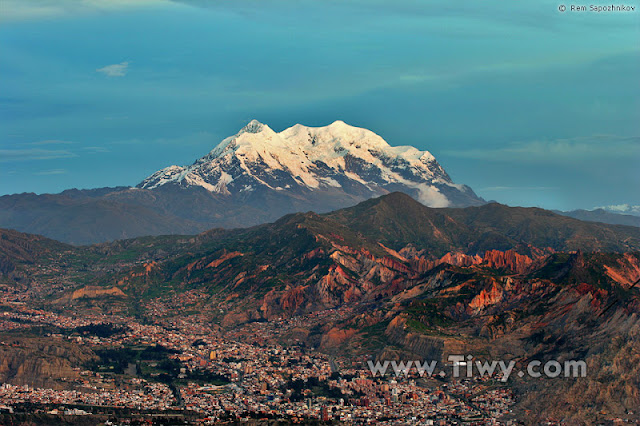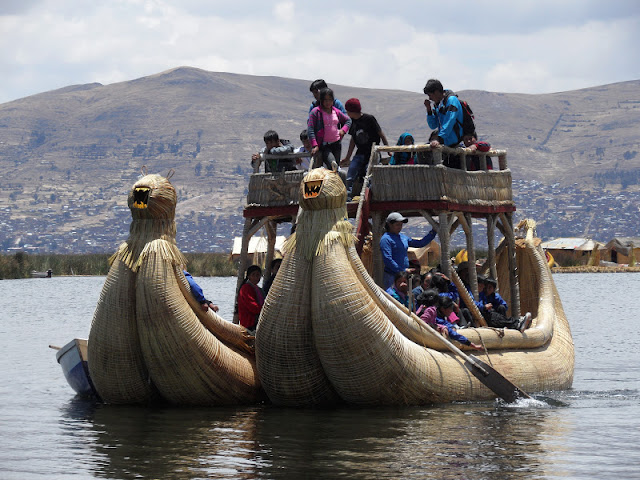 |
| on the road to Bolivia |
Nov, 7 Puno to Juli
Nov, 8 Juli to Copacabana
Nov, 9 boat to Isla del Sol
Nov, 10 explore Isla Del Sol
nov, 11 Copa to Huarina
Nov, 12 Huarina to La Paz
From Puno I continued south along the coast of Lago Titicaca. Titicaca is a lake in the Andes on the border of Peru and Bolivia. It is the largest lake in South America, elevation 3,812 m (12,507 ft). Five major river systems feed into Lake, one of the many islands on the lake is Isla del Sol (island of the sun). According to Inca legend this island was where the sun originated.
After a pleasant ride I made to Juli and then the next day crossed the border into Bolivia, payed the 135$ visa fee required of American passport holders and got a 3 month visa, then continued onto Copacabana. The day after I went about 17 km on a dirt road to the end of the peninsula and got a boat to Isla del Sol where I explored the island and spent the night. From Copa went over the hill and down the other side, crossed the lake with the ferry and kept riding until it got dark, did not find any accommodation so set up my tent on some farm land next to the highway. The next morning after a couple hours I was all of a sudden on the outskirts of La Paz in a area called El Alto which seemed to go on forever. Finally came to the valley where La Paz lies and rode down the steep and windy streets into the city. I am staying at a casa de cyclistas that I found through WarmShowers, there are many other cyclists staying at the house and it has been nice to connect with other people traveling by bike. I like it here. Planning to spend some time in the mountains around La Paz, visit Tiahunaco and study some Spanish before continuing south.

 |
| urban Puno |
 |
| Juli |
 |
| Isla del Sol |
 |
| going up |
 |
| crossing the lake with ferry |
 |
| La Paz |





























































